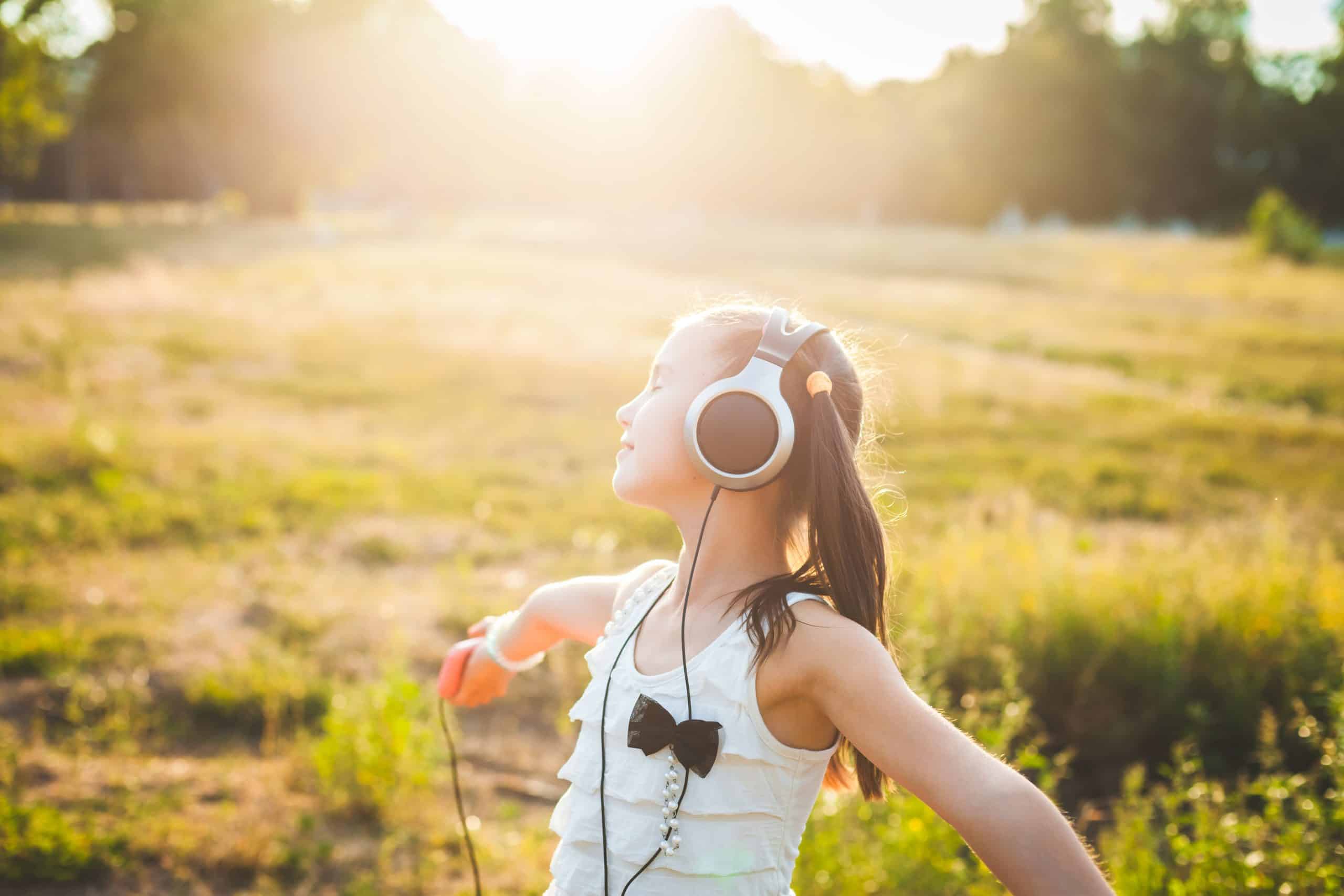This piece was coauthored with Daniel Curtis.
If video killed the radio star, then podcasting is resurrecting it.
The medium has exploded in recent years. Now, it seems like everyone has a podcast—including us, the authors of this piece.
Until recently, the young medium had mostly catered to a grown-up audience. But the kids have started catching on.
With the flurries of worries over smartphones, social media, and student mental health intensified by the recent release of Jonathan Haidt’s The Anxious Generation, society is in search of solutions.
Yes to more free play for children. Yes to less social media. But given that kids are unlikely to completely leave technology behind, podcasts can also be among the benevolent digital alternatives we need.
Trends in demand across age groups reveal podcasts’ growing popularity. Between 2019 and 2021, the listener base for podcasts in the Children’s genre, geared toward younger kids, grew by 20%. Last year, nearly half of surveyed 13-24-year-olds had listened to a podcast in the month prior, a 57% increase from 2018. Now, media giants like Netflix, Amazon, and Warner Brothers are entering the fold to meet the rapidly growing demand for content.
The potential of podcasts to support healthy development and learning makes this a trend worth jumping on for kids, parents, and teachers alike. As an entertainment alternative, podcasts can swap out screen time with audio-based, thought-provoking leisure. In the classroom, educators are leveraging podcasts to make learning more engaging, personalized, and real-world connected.
A common explanation for the growth of kid-facing podcasts is that parents tapped into them during the pandemic to unglue their homebound kids from their screens. Parents’ worries about the impacts of screen time have not abated since the lockdown was lifted. In fact, it’s still their top concern. The research on the detrimental effects of screen time on mental health gives them reason to worry.
But it’s not just the parental push away from screens that bring kids to podcasts. Adult pressure to listen was the least cited driver among surveyed 6-12-year-olds. The most popular reason: “podcasts are fun to listen to.”
To learn more about the growth of podcasts’ popularity with kids, one of us (Michael) spoke with Guy Raz, the podcasting pioneer behind “How I Built This” and, more recently, founder of the children’s podcast studio, Tinkercast. The studio was an early leader in the genre with hit shows like “Wow in the World,” a science-focused educational program for kids ages 3-12 that started in 2017.
Raz explained that the medium’s lack of visuals is actually an asset, as it opens up creative possibilities that writers can seize to tell more imaginative and engaging stories.
“You just need a microphone and some good writing and some good sound effects, and you can build any world you want […] The visual platform is inside of a kid’s brain,” Raz said.
Engaging kids in the active process of story building also comes with real benefits, according to Raz. “This is published research that audio, it triggers certain neurological reactions in the brain, essentially builds creativity because every kid’s brain is imagining the story differently,” he said.
But in addition to the cognitive benefits inherent in audio-based storytelling, those podcasts that are educational in nature also promote learning through their content. For example, every episode of “Wow in the World” bases its fun, silly storylines on serious, peer-reviewed science. What’s more, audio-only doesn’t overload working memory, which allows students to, arguably, better absorb the message.
Considering their engaging style, educational substance, and real-world relevance, it should come as no surprise that many teachers are bringing podcasts into the classroom.
One important way for schools to address the crisis-level rates of chronic absenteeism that have persisted since the pandemic is to find new ways to inspire their students to love learning. The increasing popularity of podcasts makes it a promising intervention. And, with the growing repository of kid-friendly podcasts, it has never been easier to personalize podcast-based learning to the interests, experiences, and readiness of each student.
But revamping curricula takes time, and teachers are busy. To make incorporating their podcasts in the classroom turn-key, some studios develop their own curriculum for their episodes. Guy shared that their school-facing arm, Tinkerclass, develops lessons to drive project-based learning—or “podjects,” as they call them—which he says helps build critical skills like communication and collaboration.
Schools have long served as conduits to free media by introducing and engaging students in learning that extends beyond the schoolhouse. And when podcast studios like Tinkercast build strong curriculum, it not only becomes more likely that these tools will find their way into classrooms, but it becomes easier to leverage them for deeper, more joyful learning.
Podcasting alone won’t solve the screen time problem, but it doesn’t have to. There are a growing number of screenless learning tools cropping up to meet the demand for learning innovation without the worries surrounding mental health. For example, SayKid recently launched the ToyBot, designed to encourage students to become more active participants in their learning through dialogue and play.
But at a time when more and more parents are concerned about videos, screen time, and social media, a walk around the neighborhood while escaping to a world of audio storytelling could be a practical and important step forward.



